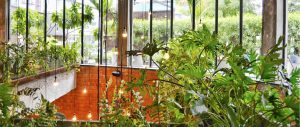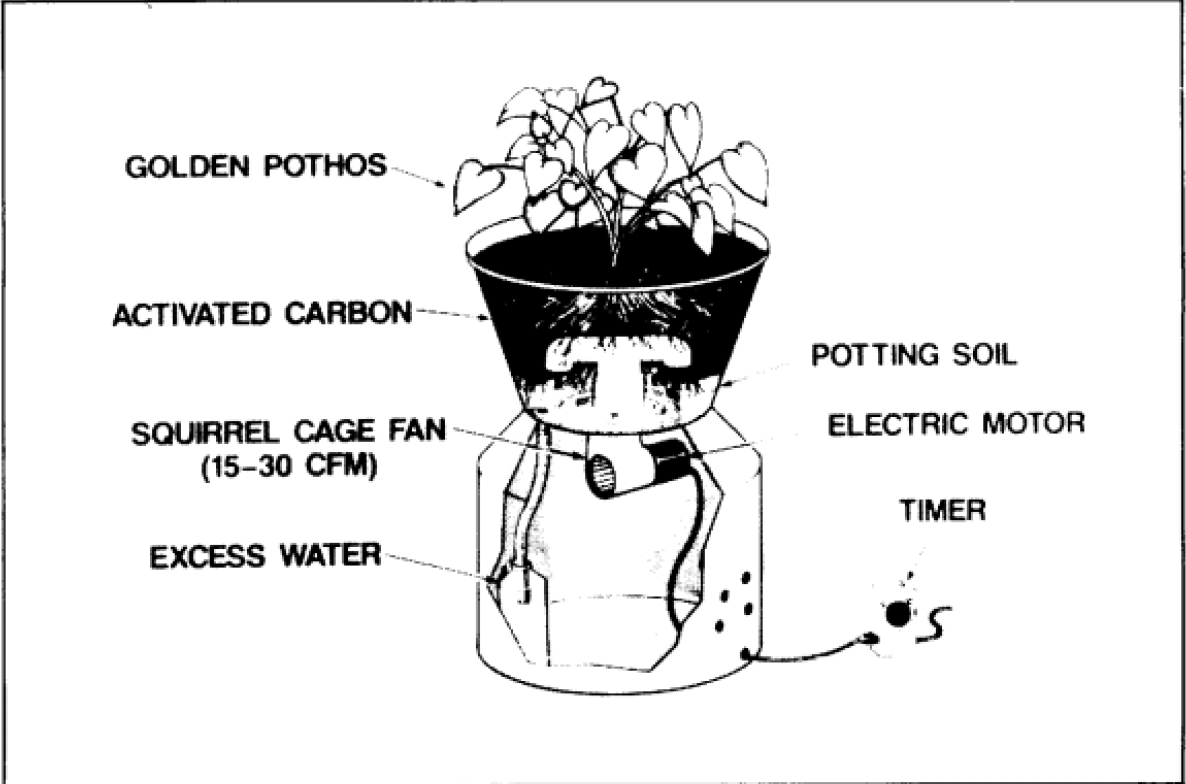 Figure 1: picture of TheFacesISeek (Saptarshi)
Figure 1: picture of TheFacesISeek (Saptarshi)What is the effect of having plants indoors? is it good? how good? and in which way are the plants affecting the indoor climate? This is some of the questions you could ask yourself when you think of indoor climate while looking at your desktop potted plant. Let us together look at what some of the gifted brains have discovered on this topic.
Lets start with one of the easy ones. do plants contribute to the indoor air quality? In 1779 Jan Ingenhousz described for the first time the process of photosynthesis. However the chemist Joseph Priestley had some years before introduced the concept of plants converting carbon dioxide to oxygen. By this discovery the two scientists have answered a part of a flickering mind’s question game with one of the most known phenomena in history. [1] Okay let us step it up a notch. So are household plants capable of affecting the indoor air quality on other parameters than the carbon dioxide? In 1989 NASA made a big study on how to clean the air on a space station. This question led the scientist to the idea of having plants as purifier. Based on this idea a report was developed under the name “INTERIOR LANDSCAPE PLANTS FOR INDOOR AIR POLLUTION ABATEMENT”. In the research NASA studied different types of plants and their ability to clean the air from high concentrations of indoor air pollutants such as cigarette smoke, organic solvents, and possibly radon. The pollutants that were used in the test was formaldehyde, Trichloroethylene and Benzene. NASA tested 14 different household plants over a period of two years. The study showed some quite interesting results disclosed that not only did plants performe a cleaning of the polluted air but also the soil. One could say that the results could be expected as the soil could work as an adsorber which only holds the concentration in a balance and would desorp 1 when the air pollution decreased. however this was not the case, actually the studied showed quite the opposite where a plant which was exposed to pollution over time increased its containment ability and utilize the toxin’s in a increasingly greater scale. This is a phenomenon based on the organism’s willingness to live and adapt to its environment. The test results illustrated that the English ivy cleaned 89% of the benzene from the air over a period of 24 hours which makes it the best benzene purifiers of the tested plants. For the Trichloroethylene test the Peace lily took the first place with a particle removal of 23%. [2] Under some of the tests where they were trying to solve whether the soil or the plant adsorp or consumed the toxins they found that the level around the soil/root section was the most effective in cleaning the air. They investigated a mother-in-law’s tongues soil flora consisted of micro organism which were known in other correlations of being able to biodegrading toxics. The studies’s conclusion was that low light requiring household plants were capable of degenerate toxic and a effective system could be constructed of the plants as a carbon plant filter22, actually so effective that the report predicts that plants is the most promising way of overcoming sick house syndromes. [3] After several other experiments B.C.Wolverton wrote a book on “how to grow fresh air”. In this book he address the plants ability to create their own environmental sphere close around it where the humidity is increased. A blog post by Ilana Goldowitz Jimenez addresses plants ability to humidify the air and to what extent they are able to do it. Ilana describes it as the larger the leave is the greater is the ability to humidify the surrounding air. This is due to larger leaves makes a greater ability to photosynthesis which affects the waterconsumption of the plant and thereby also the water loss due to vapourizing.

Figure 2: . Indoor air purification system combining houseplants and activated carbon, NASA studies.
The increase in the humidity has another potential benefit other than just humidify the air. When the water vapourizes and relative humidity is increased the water experience a shift in phase from liquid to gas. This reaction “cost” energy which is taken from the surrounding air which results in a lower temperature. The plants are by this process capable of lowering the temperature of a room. In a blog post called “Want to keep your house cool without an AC ?”, a user named Vsgawade lists a top 7 of the best plants to have if you want to cool the air. He puts Aloe Vera on the first place[5] which is backed by a CARINA WOLFF in another post[6]. These are not scientific articles however the phenomenon is indirectly and directly described in the other sources. Another study by B.C. Wolverton and John D. Wolverton took the question and tried it once more some years later. This time they investigated 30 different plants. The study concluded that household plants such as ferns, pot mums and palm could be a cost effective way to improve the indoor air quality of the new tight energy building. Summary To summarize what we a found a plant is capable of dealing with alot of the issues associated with indoor air quality. The plants are capable of increasing the humidity, lowering the temperature, produce oxygen or at least remove carbon dioxide from the air and filter the air from other unhealthy gases. However these features depend on the type of plant and will vary in effect. So there is no super plant that can just deliver the ultimate indoor climate but if you combine plants and make a small forest you can get a variety of features and will intensify the effects as temperature regulation and humidifying. Wolverton predicted house plants as the cheapest way to increase the indoor air quality so in other words, you cannot afford not have house plants. 3
References
[1] ENCYCLOPÆDIA BRITANNICA www.britannica.com. Localized: https://www.britannica.com/biography/Jan-Ingenhousz Date: 22.03.2020.18:43
[2] NASA interior landscape plants.. www.ntrs.nasa.goc. Localized: https://ntrs.nasa.gov/archive/nasa/casi.ntrs.nasa.gov/19930073077. pdfg Date: 22.03.2020.17:56
[3] plants and soil microorganisms www.wolvertonenvironmental.com. Localized: http://www.wolvertonenvironmental.com/MsAcad-93.pdf Date: 22.03.2020.18:22
[4] What Plants Humidify The Air www.gardeningknowhow.com. Localized: https://www.gardeningknowhow.com/houseplants/hpgen/ houseplants-that-increase-humidity.htm Date: 23.03.2020.11:23
[5] Wnat to keep your house cool? wiki.nurserylive.com. Localized: https://wiki.nurserylive.com/t/want-to-keep-your-house-cool-without-an-ac-bring-these-plants-in-your-house/ 747 Date: 31.03.2020.11:23